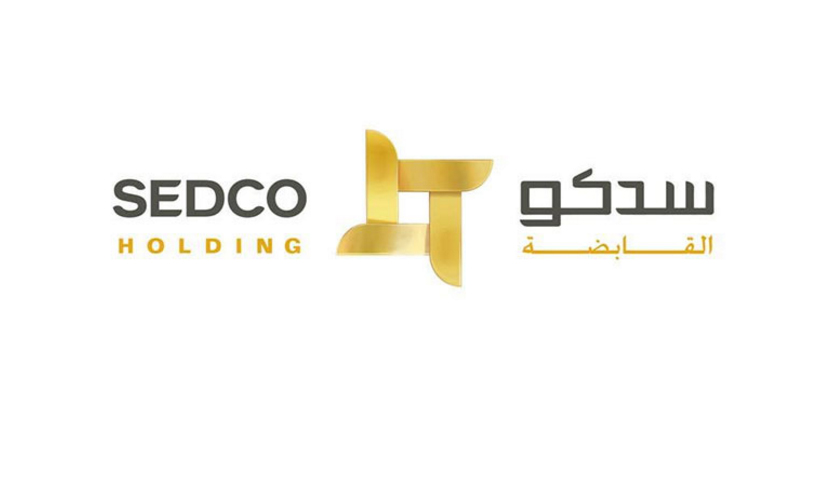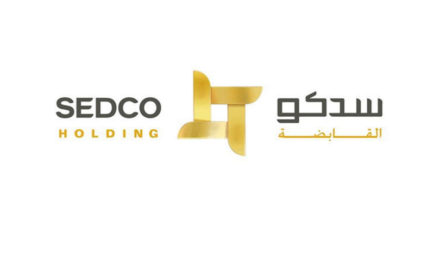
Challenges and Solutions in Managing Family Owned Multi-Companies

Diversified family-owned companies face many challenges which threaten their transition in the future from one generation to another. Companies implement sound corporate governance policies, a system that governs the relationship between an organization’s key players and its diverse spectrum of operating companies, to minimize this risk. Corporate governance practices enable companies to achieve transparency, fairness and accountability. It also plays a pivotal role in ensuring that a company’s strategic goals are met.
Diversified family-owned companies have increased their business opportunities to adapt to the market’s fluctuations unlike other companies. Even with these new opportunities, however, according to Anees Moumina, CEO of SEDCO Holding Group, companies continue to face challenges due to poor application of sound corporate governance practices, which can then prevent some family-owned companies from applying their transition to the next generation. Moumina further explained that diversified family-owned companies which operate in various locations around the globe are restricted by each country’s laws and regulations, which also affect their overall makeup, division of ownership and legal status.
At the forefront of the challenges facing diversified family-owned companies is the development of a unified vision and a communication platform, taking into account each operating company’s independency, as well as the legal structures which regulate the entry and exit of partners. Furthermore, Anees Moumina indicates that diversified family-owned companies require specialized administrative expertise reflecting the different sectors and locations they operate in, while abiding by the local and international laws. This creates challenges for a majority of these companies. Successful communication and synergy with some degree of flexibility between a Group and its operating companies fall within these challenges, in addition to finding a suitable framework for cooperation without imposing decisions on its operating companies or the duplication of resources. There are other challenges that exist, namely that operating companies could find themselves competing with other companies within the same Group, which can potentially harm both companies and create a negative impression about the Group.
According to Moumina, there are challenges that can’t be overlooked, such as the non-optimal investment of operating companies’ liquidity, and the increased risk family-owned companies face in a variety of sectors, as well as the cost associated with administering risk management for operating companies. Other challenges may raise internal questions, such as what is more important, the interests of the Group or the operating company? Is it better to utilize an operating company within the Group or to outsource an external company?
Moumina believes that family-owned companies can overcome many of these challenges if they apply solid corporate governance practices, as evidenced by SEDCO Holding Group’s experience. The Group currently manages a number of operating companies with a local and global outreach. They operate in a variety of sectors, including real estate development, health care, commercial centers, technology, travel, tourism and hospitality, restaurants, education and financial investments.
Moumina further drew attention to the application of a suitable organizational structure that will ensure business sustainability for diversified companies, contingent with the operating companies given independence in addition to an effective corporate governance framework. This can be achieved by assigning independent board members and activating a variety of committees, such as compensation and nomination committee, audit and risk committee and an investment committee. It is also essential to define the powers of the executive committee.
Focusing on auditing programs is important, as reflected in Moumina’s view, in order to ensure sound processes in these companies. It is also necessary that these programs include the diversification of assets distributions according to the different geographical sectors and to sectors that are resistant to economic turbulence. With regards to resource management, the Holding company must provide support services (such as human resources, information technology, auditing, risk management, legal and finance services) and the utilization of administrative and financial experiences in the different companies/sectors. In addition, cross-selling opportunities should be created within an appropriate framework for cooperation, without imposing decisions on the operating companies. That can be activated through vertical and horizontal integration through periodic meetings, forums, and effective service agreements.





























